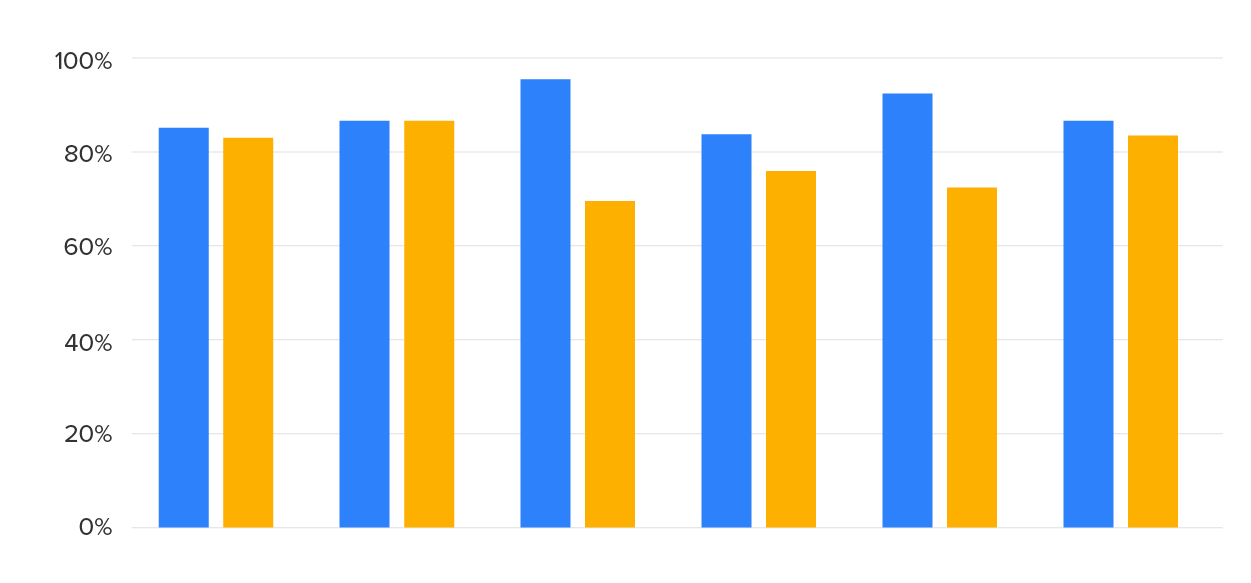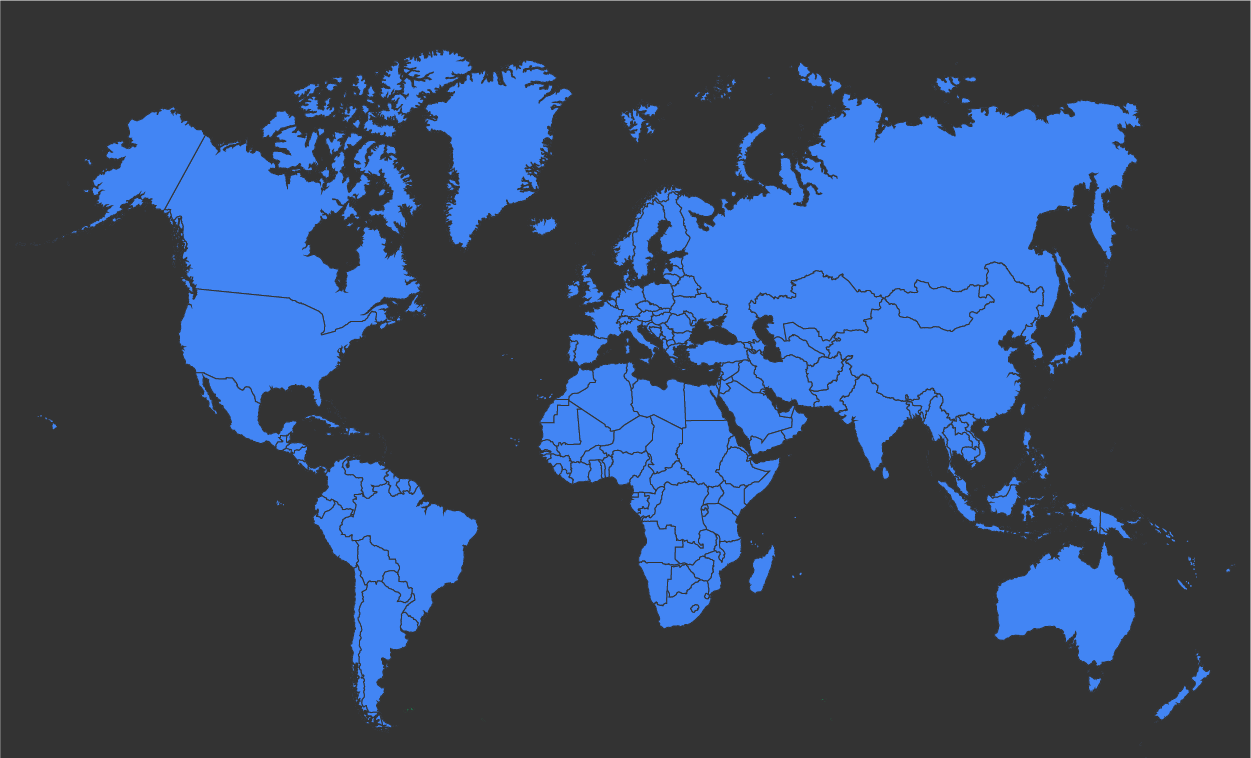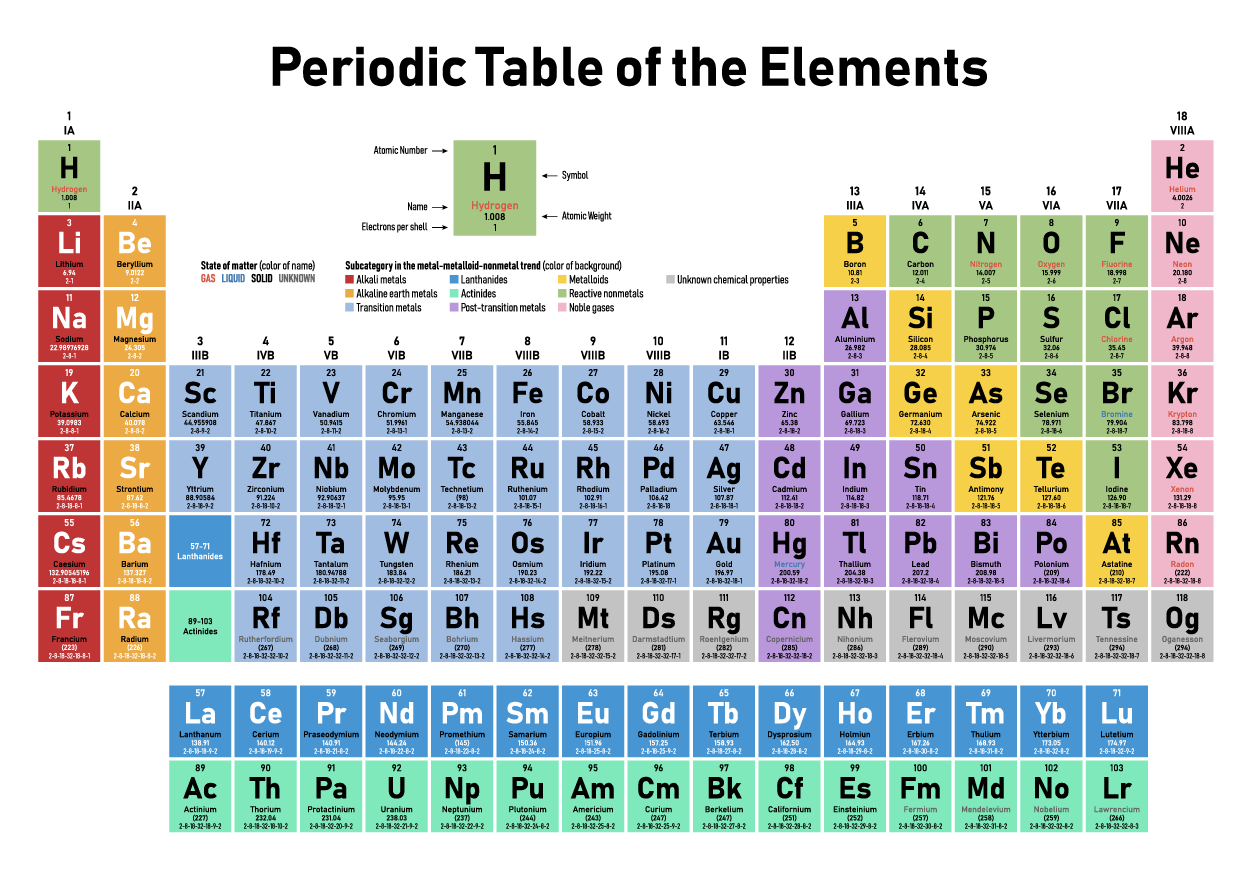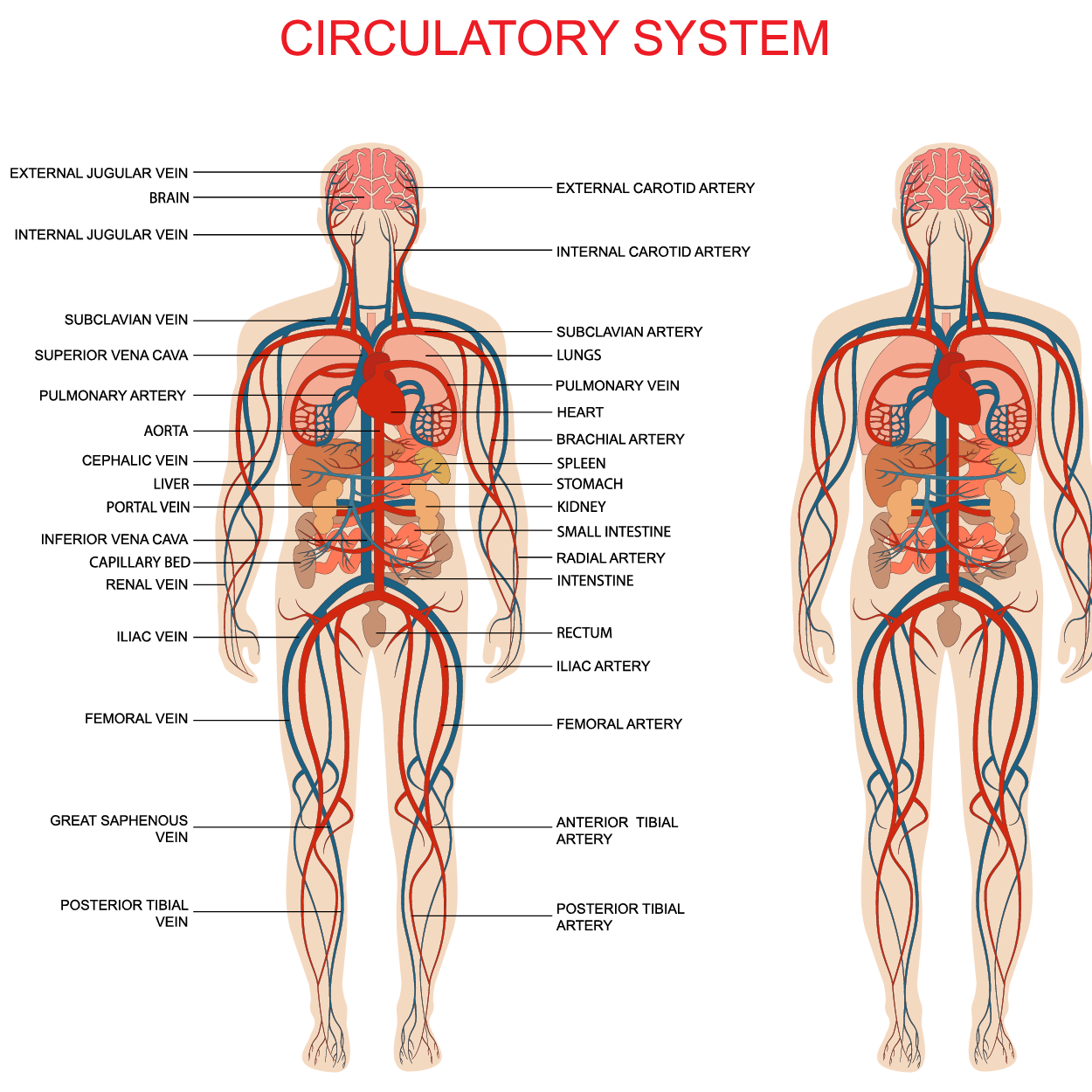Table of Contents |
Visual aids are often used to help audiences of informative and persuasive speeches understand the topic being presented. Visual aids can play a large role in how the audience understands and takes in information that is presented.
There are many different types of visual aids that range from handouts to PowerPoints. The type of visual aid a speaker uses depends on their preference and the information they are trying to present.
Each type of visual aid has pros and cons that must be evaluated to ensure it will be beneficial to the overall presentation. Before incorporating visual aids into speeches, the speaker should understand that if used incorrectly, the visual will not be an aid but a distraction.
Planning ahead is important when using visual aids. It is necessary to choose a visual aid that is appropriate for the material and audience. The purpose of the visual aid is to enhance the presentation.
Objects can be used as a visual aid by bringing the actual object to use as a demonstration during the speech. For example, a speech about tying knots would be more effective by bringing in a rope.

Models are representations of another object that serve to demonstrate that object when using the real object is not possible for some reason. For example, models might include human skeletal systems, the solar system, or architecture.

Graphs are used to visualize relationships between different quantities. Various types are used as visual aids, including bar graphs, line graphs, pie graphs, and scatter plots.

Maps show geographic areas that are of interest to the speech. They often are used as aids when speaking of differences between geographical areas or showing the location of something. For example, a map showing the building site for a new hospital could show its close location to key neighborhoods, or a map could show the differences in the distribution of AIDS victims in North American and African countries.

Tables are columns and rows that organize words, symbols, or data. For example, a table is a good choice to use to compare the amount of rainfall in three different counties or to display complex information as shown on the Periodic Table of the Elements.

Photographs are pictures, usually taken with a camera, that can be used as a visual demonstration during a speech. A photograph is also good to use when the actual object cannot be viewed. For example, when discussing the lowland gorilla, it would be beneficial to show a photograph for an audience who has never seen one before.

Drawings or diagrams can be used when photographs do not show exactly what the speaker wants to show or explain. For example, a drawing or diagram of the circulatory system throughout the body is a lot more effective than a picture of a cadaver showing the circulatory system.

A testimony is an assertion made by someone who has knowledge or experience in a particular matter. Testimony is used in various contexts for a wide range of purposes.
There are two major types of testimony:
EXAMPLE
In the law, testimony is a form of evidence that is obtained from a witness who makes a solemn statement or declaration of fact.Expert testimony, as the name suggests, is testimony given by a person who is considered an expert by virtue of education, training, certification, skills, or experience in a particular matter.
Because experts have knowledge beyond that of a typical person, expert testimony carries considerable weight. Though an expert is an authority on a particular subject, their testimony can certainly be called into question by other facts, evidence, or experts.
Peer testimony, unlike expert testimony, is given by a person who does not have expertise in the subject in question. As a result, those who provide peer testimony are sometimes referred to as "anti-authorities."
A person who provides peer testimony might not have expertise in a particular area, but they likely have personal experience with the issue at hand.
Though peer testimony can easily be challenged, it can still be a powerful tool in persuading an audience, particularly when delivered or provided by a well-liked celebrity.
Before incorporating testimony, ask yourself:
Once you have found experts to support your ideas, you may wonder how to incorporate their testimony into your speech.
The body of your speech should help you elaborate and develop your main objectives clearly by using main points, subpoints, and support for your subpoints.
To ensure that your speech clearly communicates with your audience, try to limit both your main points and subpoints to three or four points each; this applies to your supporting points, as well. Expert testimony is considered a supporting point; it is used to support the main point and subpoints of your speech.
When a claim or point is made during a speech, the audience may initially be reluctant to concede or agree to the validity of the point. Often, this is because the audience does not initially accept the speaker as a trustworthy authority. By incorporating expert testimony, the speaker is able to bolster their own authority to speak on the topic.
Therefore, expert testimony is commonly introduced after a claim is made.
EXAMPLE
If a speech makes the claim, "Manufacturing jobs have been in decline since the 1970s," it should be followed up with expert testimony to support that claim. This testimony could take a variety of forms, such as government employment statistics or a historian who has written on a particular sector of the manufacturing industry.Storytelling is the conveying of events in words, sounds, or images, often by improvisation or embellishment. Stories or narratives have been shared in every culture as a means of entertainment, education, cultural preservation, and instilling moral values.
Narratives take the form of a story. Presenters use narratives to support a point that was already made or to introduce a point that will soon be made. Narratives can be combined with facts or statistics to make them even more compelling.
Storytelling points toward a single goal. Your story should not be forced but should come across as a natural part of your speech. If your audience thinks you're telling a story just because you read that it was a good idea to do so, your story won't work. The task of a story is to make the audience care. Your narrative should be something that your audience can easily understand and relate to.
Keep it short and sweet. Limit your narrative to three or four minutes at the most. Remember, you are using it to support or clarify your point. Once you've done that, move on. Your story is not there to replace information. It is there to put something you have said into perspective.
The best stories paint a picture. They allow your audience to visualize what you are saying. Make sure your story builds over time and doesn't get boring. Keep your audience interested until the end. Don't overuse stories.
Of course, as the old adage says, "use what you know." Stories are not just about facts—they're also about communicating what you have experienced and what you personally know, and feel, to be true.
Storytelling is a powerful tool, a means for sharing experiences and knowledge. It's one of the ways we learn.
Peter L. Berger says human life is narratively rooted; humans construct their lives and shape their world into homes in terms of these groundings and memories. Stories are universal in that they can bridge cultural, linguistic, and age-related divides.
Because human life is narratively rooted, incorporating storytelling into public speaking can be a powerful way of reaching your audience.
For example, storytelling techniques can be a more compelling and effective way of delivering information than using only dry facts.
Source: THIS TUTORIAL HAS BEEN ADAPTED FROM "BOUNDLESS COMMUNICATIONS" PROVIDED BY BOUNDLESS.COM. ACCESS FOR FREE AT oer commons. LICENSE: CREATIVE COMMONS ATTRIBUTION-SHAREALIKE 4.0 INTERNATIONAL.